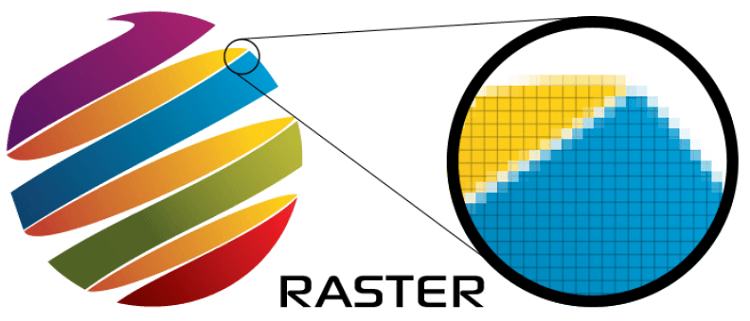

Due to the resolution of the data and the time it can take to convert the point data to raster data, this function will write preprocessed raster data files to an output location (as cache). With this function, you need to specify both input and output properties. The function will be used when you add lidar data to a mosaic dataset using the LAS Dataset raster type. The LAS Dataset To Raster function is used to render lidar data managed using the LAS dataset. Transforms the pixel values to display the raster data as a grayscale or RGB image, based on a color map.Ĭonverts a single-band raster with a color map to a three-band RGB raster.Ĭonverts a multiband raster into a single-band grayscale raster. Weights and adds an array of rasters on a cell-by-cell basis.Ĭalculates the apparent temperature based on air temperature and wind speed.Ĭonverts the color model of an image from either the hue, saturation, and value (HSV) model to red, green, and blue (RGB), or from RGB to HSV. Overlays several rasters using a common measurement scale and weights each according to its importance.


Provides standardized detection of human-made features, soil, and vegetation by measuring levels of brightness, vegetation, and wetness. Processes each slice in a multidimensional raster layer or each item in a mosaic layer. Generates a forecasted layer using the output from the Generate Trend function. The change analysis raster must be generated by the Analyze Changes Using CCDC tool or the Analyze Changes Using LandTrendr tool, or the CCDC Analysis raster function or the LandTrendr Analysis raster function.Įstimates the trend for each pixel along a dimension for a given variable in a multidimensional raster.Ĭalculates the apparent temperature based on air temperature and humidity.Ĭalculates a magnitude-per-unit area from point or polyline features, using a kernel function to fit a smoothly tapered surface to each point or polyline.Įvaluates changes in pixel values over time using the Landsat-based detection of trends in disturbance and recovery (LandTrendr) method and generates a change analysis raster containing the model results.Ĭalculates the normalized difference vegetation index (NDVI) values using the red and near-infrared bands.Ĭomputes the NDVI from the input image and applies a color map to the result. The Detect Change Using Change Analysis function generates a raster layer containing pixel date-of-change information using the change analysis raster. Analysisĭivides the raster into two distinct classes using the Otsu method, which distinguishes between background and foreground in imagery by creating two classes with minimal intraclass variance.Įvaluates changes in pixel values over time using the Continuous Change Detection and Classification (CCDC) method and generates a change analysis raster containing the model results.Ĭomputes the differences between two categorical or continuous raster datasets. You can change the properties of a raster function on the General tab, including the name, description, output pixel type, and multidimensional rules. Global functions do not support multidimensional rasters as inputs. To learn more, see Global functions.Īll local raster functions-more than 100-support multidimensional rasters as inputs. They work similarly to geoprocessing tools and can use environment settings that you specify. Global functions can be identified by the hammer picture within the function button. Global raster functions can be chained together with other functions, but they process data on a specified resolution and extent. The raster functions are organized in a raster function template, allowing you to create various processed products by chaining together multiple functions. This means they can be applied quickly, without the time it would otherwise take to create a processed file on disk. These functions are applied to the raster data on the fly as the data is accessed and viewed. The raster functions allow you to define processing operations that can be applied to one or more rasters.


 0 kommentar(er)
0 kommentar(er)
